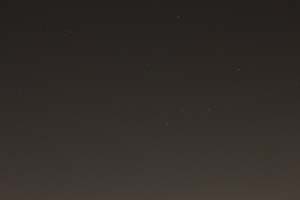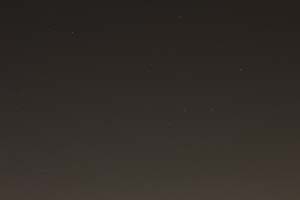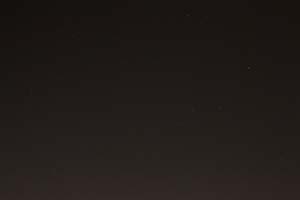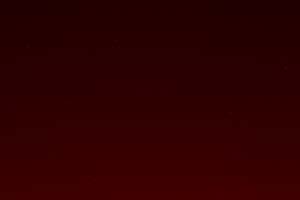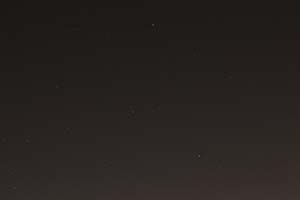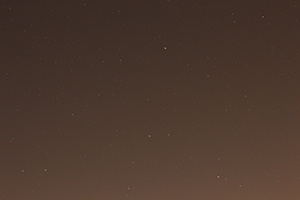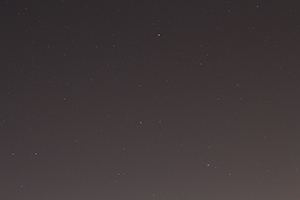Astrophotography Filter Experiment
This page represents the results of an experiment that I conducted in May 2014 on the feasibility of using standard photography filters to reduce the overall light pollution in amateur astrophotography. While there are specialty filters for this purpose, they tend to be expensive and of limited use. And yet when I started searching online for other options, I discovered that many people debate the issue of using polarizers or other basic filters, and yet there were no obvious experimental results published online. And so being a scientist, I did just that.
In each of the images below, I used a single RAW exposure with no dark file subtraction and no post-processing (except to convert each RAW file to a lo-res and high-res JPG for uploading), with the intention of limiting analysis to just the effect of the filter. Where possible the exposure parameters are constant, with the exception of the darker filters that require a longer exposure to obtain the comparable amount of light on the sensor.
Note: With an unmodified dSLR all images with the 720nm filter were too dark to be used. It is possible that stacking multiple images would produce a usable image, but the point of this experiment was to compare different filters using the same methods in each.
Infrared Filter (Rokinon 720nm)
Exposure Time: 30s -90s
Aperture: f/5.0
ISO: 1600 - 6400
* Due to technical glitches, I had to re-shoot the exposures using one filter. As such I have provided both new un-filtered images as well as three with the filter. These were taken one night later.
Conclusion:
To be honest I do not see much improvement in using standard photography filters for wide field astrophotography. It does appear to me that the fluorescent filter did give a very slight improvement, and the intensifier filter definitely improved the image but not significantly. And while in theory IR filters should be able to cut through some light pollution, the trade off is very long exposure times which require heavier tripods, motorized mounts, and more processing afterwards.
Of course these are simple and cheap filters, and high end expensive LP-filters could make a difference. Furthermore, it is possible that for specific targets (ie certain galaxies or nebulae) the different spectra could give different results to these wide field experiments. I would encourage anyone who is interested to try this on planets or deep-sky objects, and post the results online for comparison.
And of course as always, the best option is to reduce light pollution by simply taking exposures as far from the cities as possible...



